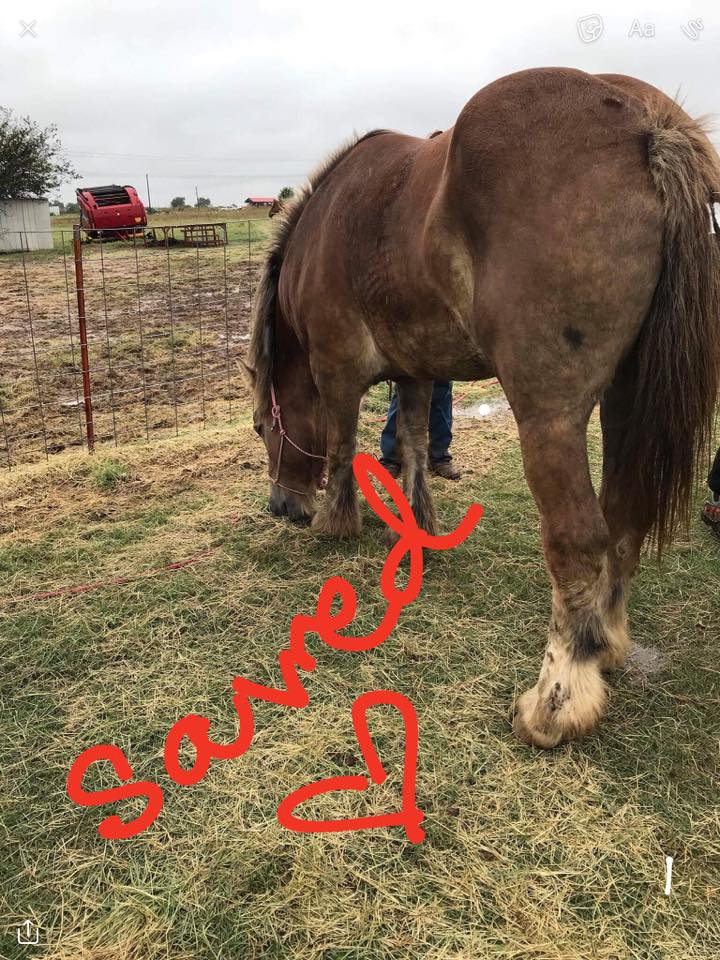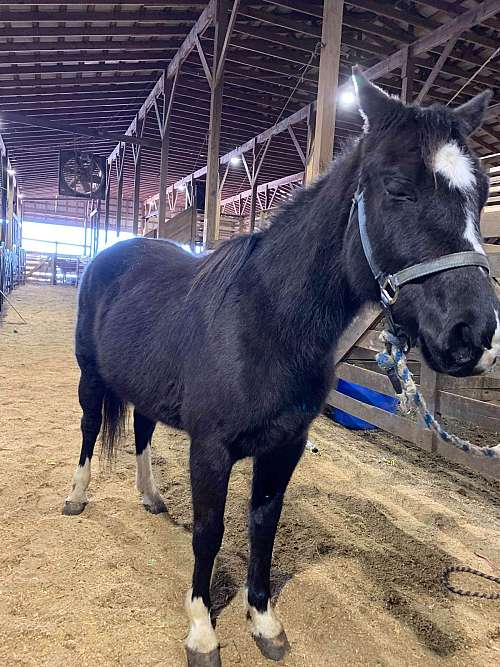Is it possible to find hope in the darkest of places? The heartbreaking reality of kill pens, where horses face an uncertain and often tragic fate, demands our attention and compassion.
The issue of kill pens within the equine world is a deeply complex one, riddled with ethical dilemmas and the harsh realities of the horse industry. These facilities, often functioning as holding areas for horses destined for slaughter, present a grim picture of animal welfare and the economic forces at play. The term itself evokes a sense of finality, a place where unwanted or surplus horses are gathered before being shipped to slaughterhouses, primarily in Canada and Mexico, where horse meat is processed for human consumption.
The economic considerations surrounding kill pens are significant. Kill buyers, individuals who purchase horses at auctions or directly from owners, operate within a market driven by supply and demand. They acquire horses at low prices, often based on weight, and then sell them to slaughterhouses for a profit. This business model highlights the inherent conflict between the value placed on horses as companions and athletes versus their economic worth as meat.
A significant ethical debate revolves around the practice of purchasing horses from kill pens. Some argue that buying from these facilities inadvertently supports the kill buyers and perpetuates the cycle of exploitation. They believe that refraining from such purchases is the only way to discourage the demand for horses destined for slaughter. On the other hand, proponents of rescuing horses from kill pens emphasize the immediate good that can be achieved by saving individual animals from a horrific fate. They contend that every life saved is a victory, regardless of the broader implications.
The conditions within kill pens are often deplorable. Horses are crowded together in pens, deprived of adequate space, food, water, and veterinary care. Stress, disease, and injury are common, and the animals face the constant threat of being shipped to slaughter. The emotional toll on these horses is immense, as they endure the fear and uncertainty of their situation. This aspect has sparked a surge in horse rescue organizations and individuals dedicated to pulling horses from these dire circumstances and providing them with care, rehabilitation, and, whenever possible, new homes.
One of the significant concerns within this scenario is the lack of transparency. The identities of the horses, their histories, and their current health status are often unknown, which adds to the difficulty of making informed decisions about their care. This lack of information can make it challenging for rescuers and potential adopters to assess the suitability of a horse for a particular purpose or environment. Furthermore, the lack of regulation surrounding kill pens allows for questionable practices to thrive, further endangering the animals.
The existence of these facilities exposes the complex interplay of factors that contribute to the problem of unwanted horses. Overbreeding, economic downturns, changes in the horse industry, and the lack of responsible ownership practices all contribute to a surplus of horses that are difficult to place. These factors lead to a situation where kill pens become a grim necessity for dealing with this excess population. Addressing the root causes of the problem is essential for finding lasting solutions.
Numerous rescue organizations and individuals dedicate themselves to alleviating the suffering of horses in kill pens. These groups work tirelessly to identify horses in need, raise funds for their purchase and transportation, and provide them with medical care, rehabilitation, and training. These rescue efforts often involve a vast network of volunteers, foster homes, and veterinary professionals working together to provide the animals with the best possible care. These rescuers often rely on social media platforms, like Facebook, to list horses and information regarding them. While the platforms can be helpful in locating horses, it’s important to be careful of what information is provided.
The debate surrounding kill pens extends beyond the issue of horse slaughter. It raises questions about the value society places on animals, the responsibilities of horse owners, and the ethical implications of our interactions with the natural world. These are complex issues that require thoughtful consideration, open dialogue, and a commitment to finding sustainable solutions.
Several auction houses and feedlots are known for sending horses to slaughter. These facilities act as the gateway between the owners and the kill buyers. Some of these, as of this writing, include 3-B Auction Horses, Ark-La Ship Pen/Stanley Brothers, and Boswell Horse Company.
The decision to buy from a kill pen involves a complex mix of emotions, ethics, and practical considerations. Supporters of this practice underscore the chance to save individual horses from a heartbreaking fate. They see each rescue as a victory for compassion and a testament to the human-animal bond. However, those who oppose this practice express concern that buying horses from kill pens might inadvertently support the buyers who operate in this market. They argue that reducing demand is the surest way to prevent future suffering. The choice ultimately rests with each individual.
The story of horses in kill pens serves as a harsh reminder of our ethical obligations to animals. It emphasizes the need for responsible horse ownership, the importance of advocating for stricter regulations in the horse industry, and the critical role that rescue organizations play in providing a second chance to horses in need. While the challenges are significant, the determination of individuals and organizations working to save horses from slaughter offers a beacon of hope.
The journey of a horse from a kill pen to a safe, loving home is often filled with obstacles. The horses usually arrive at rescue facilities in poor health, with injuries, and emotional trauma. The rescue process involves not only purchasing the horse but also coordinating transport, providing medical care, and ensuring adequate nutrition and shelter. These expenses can quickly add up, and the need for funding is continuous.
The long-term success of these horses depends on finding suitable adoptive homes. This process involves careful screening of potential adopters to ensure the horse's safety and well-being. The process can be lengthy, and the rescue organizations must be committed to supporting the horse and the adopter for the rest of the horse's life.
The effort to end the practice of kill pens requires a multi-faceted approach that addresses the root causes of the problem and provides support for rescue organizations and other stakeholders. This involves raising public awareness about the plight of horses in the industry, advocating for stronger regulations to protect equine welfare, and encouraging responsible horse ownership practices.
Supporting legislation that bans or restricts horse slaughter is another important step. Furthermore, providing financial support to rescue organizations, volunteering time, and raising awareness about the issue are all important ways to contribute to the cause. Education about responsible horse ownership can play a key role in preventing the number of horses entering the kill pen system. This education must cover the basics of horse care, including nutrition, health, and responsible breeding practices. Another critical element includes programs that help people who are no longer able to care for their horses find new homes.
The issue of kill pens highlights the need for collaboration between animal welfare organizations, the horse industry, and the public. Working together, stakeholders can create a system that values the lives of horses and ensures their safety, well-being, and protection from cruelty.
The situation with kill pens is a serious matter. The issue calls for thoughtful consideration, ongoing dialogue, and a willingness to take action. From raising awareness and providing financial support to adopting a horse, it is possible for us to contribute to a world where horses are treated with the respect and compassion they deserve.



